Home>Home Appliances>Kitchen Appliances>How To Dry Whole Persimmons In A Dehydrator
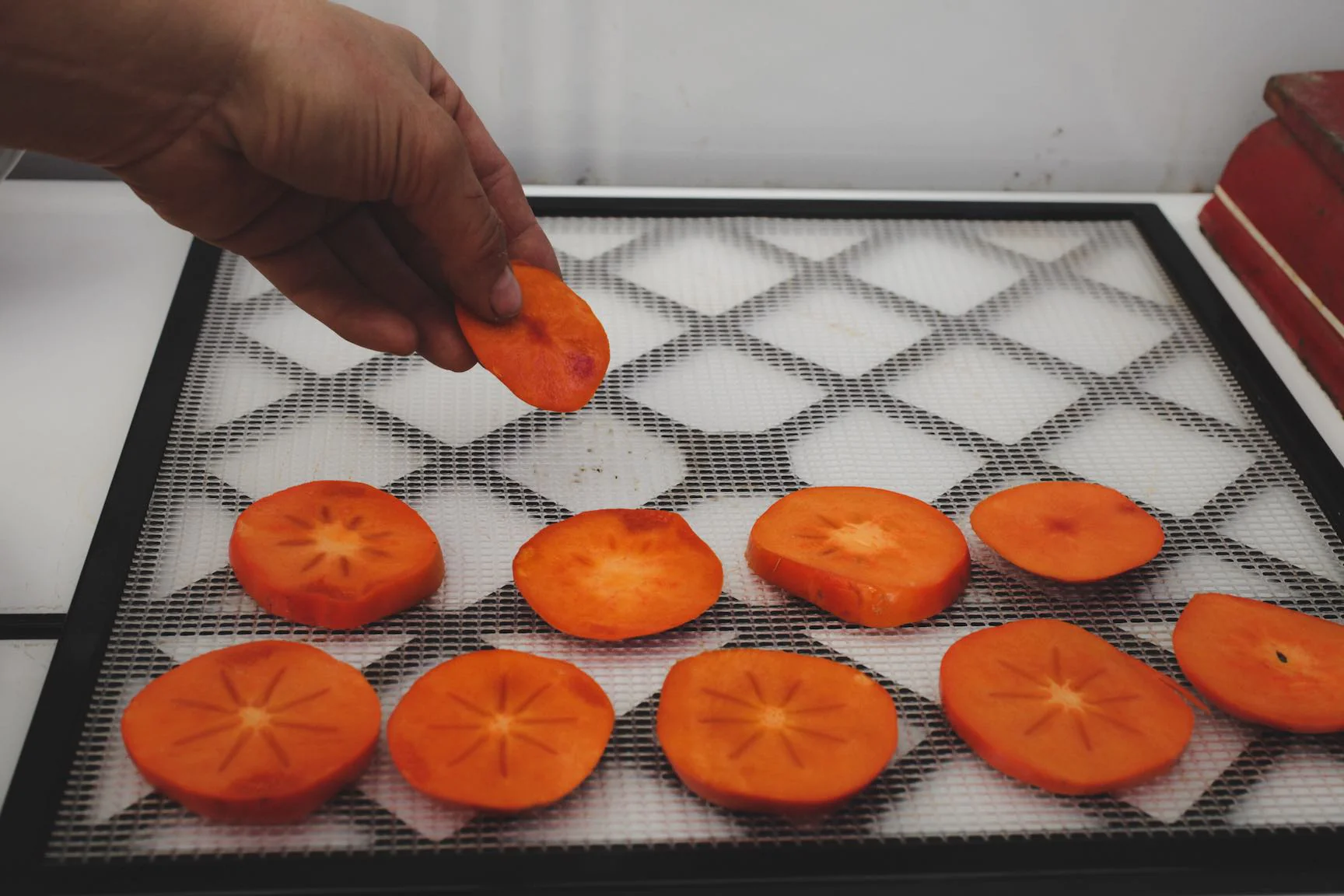

Kitchen Appliances
How To Dry Whole Persimmons In A Dehydrator
Modified: February 17, 2024
Learn how to dry whole persimmons in a dehydrator with our easy guide. Get the most out of your kitchen appliances and enjoy delicious dried fruit at home. Start dehydrating today!
(Many of the links in this article redirect to a specific reviewed product. Your purchase of these products through affiliate links helps to generate commission for Storables.com, at no extra cost. Learn more)
Introduction
Dehydrating whole persimmons is a delightful way to preserve this sweet and flavorful fruit, allowing you to enjoy its goodness throughout the year. Whether you have an abundant harvest from your own tree or have found a great deal at the local market, drying persimmons in a dehydrator is a fantastic method for creating delicious and nutritious snacks. This article will guide you through the process, from selecting the right persimmons to properly storing the dried fruit.
Dried persimmons make for a convenient and healthy snack that can be enjoyed on the go, added to trail mix, or used in various recipes. By dehydrating whole persimmons, you can savor the unique taste and texture of this fruit in a new and exciting way. Additionally, the dehydration process intensifies the sweetness of the persimmons, making them a naturally satisfying treat.
In the following sections, we will delve into the key steps for successfully drying whole persimmons using a dehydrator. First, we will explore how to choose the right persimmons, ensuring that you select the best fruits for the drying process. Next, we will discuss the essential steps for preparing the persimmons, including washing, peeling, and slicing them to perfection. Then, we will move on to the specifics of using a dehydrator, providing tips for achieving optimal results. Finally, we will cover the best practices for storing your dried persimmons, allowing you to enjoy them for months to come.
So, let's embark on this flavorful journey and uncover the secrets of drying whole persimmons in a dehydrator. Whether you are a seasoned dehydrating enthusiast or a newcomer to the world of food preservation, this guide will equip you with the knowledge and skills to create delectable dried persimmons with ease. Get ready to elevate your snacking experience and culinary creations with the natural goodness of dried persimmons!
Key Takeaways:
- Choose ripe, firm persimmons for drying, and consider the intended use—snacking or cooking. Wash, peel (optional), and slice the fruit evenly for efficient dehydration.
- Use a dehydrator to dry persimmons at 125-135°F for 8-12 hours. Test for dryness by touch, cool, and condition before storing in airtight containers. Label and monitor for freshness.
Read more: How To Store Dried Persimmons
Choosing the Right Persimmons
When it comes to dehydrating persimmons, selecting the right fruit is crucial for achieving the best results. There are two main types of persimmons commonly available: astringent and non-astringent. Astringent persimmons, such as the Hachiya variety, are rich in tannins and must be fully ripe and soft before drying to avoid an unpleasant, puckering sensation. Non-astringent persimmons, such as Fuyu and Jiro, can be enjoyed when still firm and are suitable for drying at various stages of ripeness.
When choosing persimmons for dehydration, look for fruits that are firm and free from blemishes, bruises, or mold. The skin should be smooth and taut, without any signs of wrinkling. Additionally, opt for persimmons that have a vibrant color and feel heavy for their size, indicating that they are juicy and ripe.
It’s essential to consider the intended use of the dried persimmons when selecting the fruit. If you plan to enjoy the dried persimmons as a snack, choose ripe, sweet persimmons with a rich flavor. For culinary applications, such as baking or cooking, you might prefer persimmons that are slightly less ripe, offering a balance of sweetness and tartness.
Whether you have access to a persimmon tree or are purchasing the fruit, aim to gather or buy a generous quantity of persimmons, as they will shrink significantly during the dehydration process. Having an ample supply of persimmons ensures that you can enjoy a plentiful yield of dried fruit to savor and share.
By carefully selecting the right persimmons for dehydration, you can set the stage for a successful and rewarding drying process. With the perfect fruits in hand, you are ready to embark on the next steps of preparing and dehydrating whole persimmons, unlocking their delicious potential for enjoyment and culinary exploration.
Preparing the Persimmons
Before diving into the dehydration process, it’s essential to prepare the persimmons properly to ensure optimal results. The following steps will guide you through the preparation process, from washing the fruit to slicing it for dehydration.
Washing: Start by gently washing the persimmons under cool running water to remove any dirt or residue from the skin. Use a soft brush to scrub the fruit’s surface, ensuring that it is clean before proceeding to the next step. Once washed, pat the persimmons dry with a clean kitchen towel.
Peeling (optional): Depending on your preference, you may choose to peel the persimmons before drying them. Peeling the fruit can result in a softer texture and a more uniform appearance in the dried slices. If you opt to peel the persimmons, use a sharp paring knife to carefully remove the skin, taking care to preserve as much of the flesh as possible.
Slicing: After washing and, if desired, peeling the persimmons, it’s time to slice them for dehydration. Using a sharp knife, slice the persimmons into uniform rounds or wedges, ensuring that the thickness is consistent to promote even drying. Aim for a thickness of approximately 1/4 to 1/2 inch, as this allows the persimmons to dehydrate efficiently while retaining a satisfying chewiness in the dried fruit.
As you prepare the persimmons for dehydration, take care to remove any seeds or tough sections from the fruit, ensuring that the slices are free from any undesirable components that could affect the quality of the dried persimmons.
By following these preparation steps, you can set the stage for a successful dehydration process, allowing the persimmons to transform into delightful dried fruit with a concentrated sweetness and satisfying texture. With the persimmons washed, peeled (if desired), and sliced to perfection, you are now ready to move on to the next phase: using a dehydrator to dry the fruit to perfection.
To dry whole persimmons in a dehydrator, slice them into 1/4 inch rounds and place them on the dehydrator trays. Dry at 135°F for 8-10 hours, or until they are leathery and slightly pliable. Enjoy as a healthy snack or add to recipes!
Using a Dehydrator
Dehydrators offer a convenient and efficient way to dry persimmons, preserving their natural flavors and nutrients while extending their shelf life. Before using a dehydrator, it’s important to familiarize yourself with its features and settings to ensure successful dehydration. Here’s a step-by-step guide to using a dehydrator for drying whole persimmons:
- Prepare the Dehydrator: Start by assembling and cleaning your dehydrator according to the manufacturer’s instructions. Ensure that the trays are clean, dry, and free from any residue from previous use.
- Arrange the Persimmon Slices: Place the prepared persimmon slices on the dehydrator trays in a single layer, ensuring that there is ample space between each slice for proper air circulation. Avoid overcrowding the trays, as this can impede the drying process.
- Set the Temperature: Consult the dehydrator’s user manual or recommended guidelines for drying fruit. Generally, persimmons should be dried at a temperature range of 125°F to 135°F (approximately 52°C to 57°C) to preserve their natural enzymes and flavors while effectively removing moisture.
- Monitor the Drying Process: Once the persimmon slices are arranged on the trays and the dehydrator is set to the appropriate temperature, allow the fruit to dry for approximately 8 to 12 hours. Periodically check the progress of the drying process, rotating the trays if necessary to ensure uniform drying.
- Test for Dryness: To determine if the persimmons are adequately dried, remove a few slices from the dehydrator and allow them to cool to room temperature. They should be pliable and slightly tacky to the touch, indicating that the moisture has been sufficiently removed. If the persimmons are still moist, return them to the dehydrator for additional drying time.
- Cool and Condition: Once the persimmons are fully dried, allow them to cool to room temperature before transferring them to airtight containers for conditioning. Conditioning the dried fruit helps to distribute any remaining moisture evenly, ensuring that the persimmons are uniformly dried and ready for long-term storage.
By following these steps and closely monitoring the drying process, you can achieve perfectly dehydrated persimmons that retain their natural sweetness and delightful chewy texture. With the dehydrator method, you have the flexibility to control the drying time and achieve consistent results, yielding a bounty of delicious dried persimmons to enjoy as a wholesome snack or a versatile ingredient in various culinary creations.
Storing Dried Persimmons
Proper storage is essential for maintaining the quality and flavor of dried persimmons over an extended period. By storing the dried fruit correctly, you can ensure that it remains fresh and delicious, ready to be enjoyed whenever the craving strikes. Here are the key steps for storing dried persimmons:
- Cooling and Conditioning: After the persimmons have been dried in the dehydrator, allow them to cool to room temperature. Once cooled, transfer the dried persimmons to airtight containers, such as glass jars or resealable plastic bags, for conditioning. Conditioning the dried fruit helps to equalize any remaining moisture, ensuring that it is evenly distributed for optimal texture and flavor.
- Labeling and Dating: To keep track of the storage time and maintain freshness, label the containers with the date of drying. This simple step allows you to monitor the shelf life of the dried persimmons and prioritize the use of older batches before newer ones.
- Choosing the Right Storage Location: Store the containers of dried persimmons in a cool, dry, and dark environment to protect them from moisture, heat, and light exposure. A pantry, cupboard, or a dedicated storage area in your kitchen is ideal for preserving the dried fruit’s quality and flavor.
- Avoiding Exposure to Air and Moisture: Ensure that the containers are tightly sealed to prevent air and moisture from compromising the dried persimmons. If using resealable plastic bags, squeeze out excess air before sealing them securely. Additionally, consider using vacuum-sealed storage bags for an extra layer of protection against air and moisture.
- Monitoring and Refreshing: Periodically check the stored dried persimmons for any signs of moisture or spoilage. If you notice any moisture accumulation, transfer the fruit to a new, dry container and allow it to air out for a few hours before resealing. This simple measure helps to maintain the quality of the dried persimmons for an extended period.
By following these storage guidelines, you can ensure that your dried persimmons remain in prime condition, ready to be enjoyed as a wholesome snack, added to recipes, or shared with family and friends. With proper storage, you can savor the delicious sweetness of dried persimmons throughout the year, embracing their natural goodness and versatility in various culinary endeavors.
Frequently Asked Questions about How To Dry Whole Persimmons In A Dehydrator
Was this page helpful?
At Storables.com, we guarantee accurate and reliable information. Our content, validated by Expert Board Contributors, is crafted following stringent Editorial Policies. We're committed to providing you with well-researched, expert-backed insights for all your informational needs.
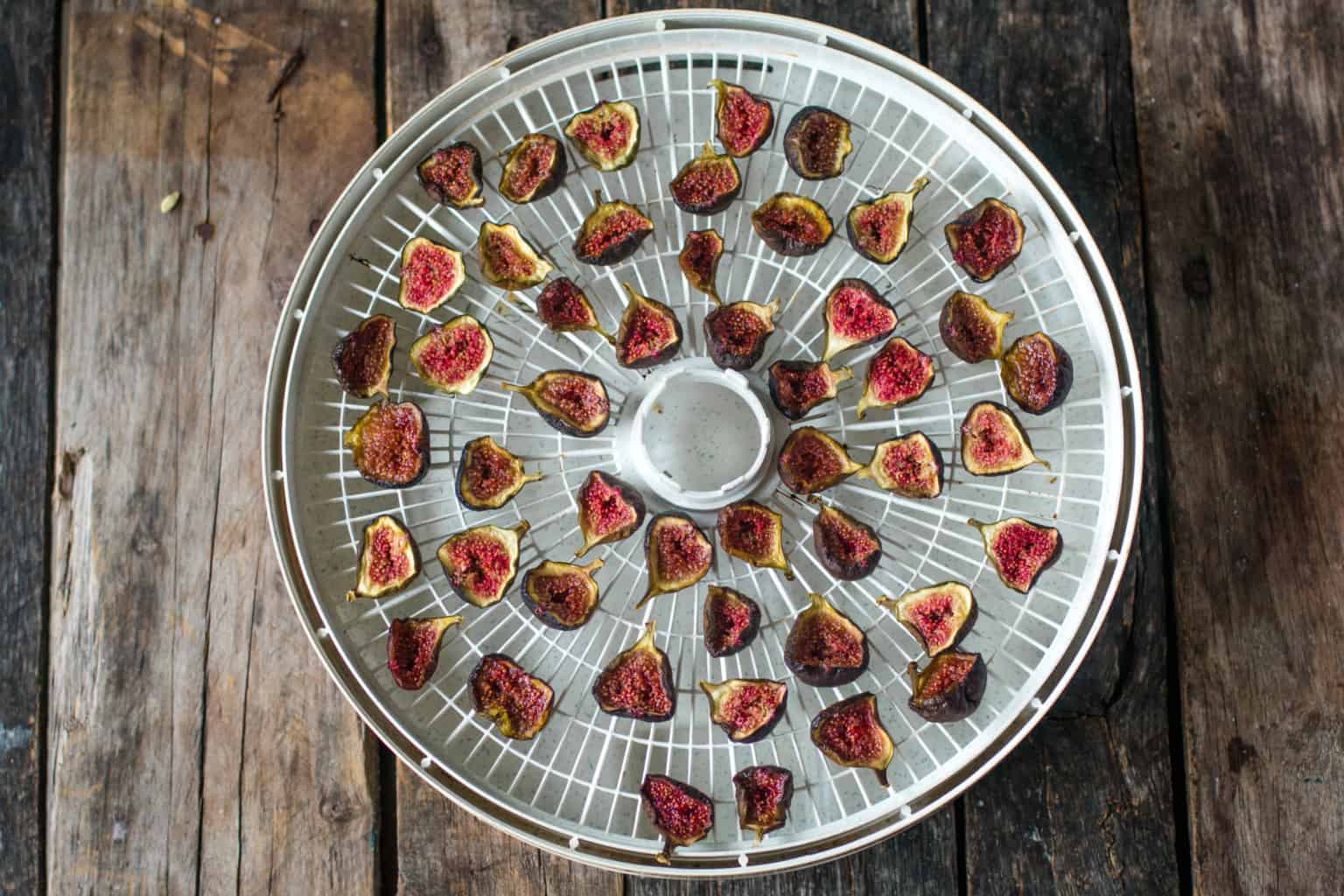
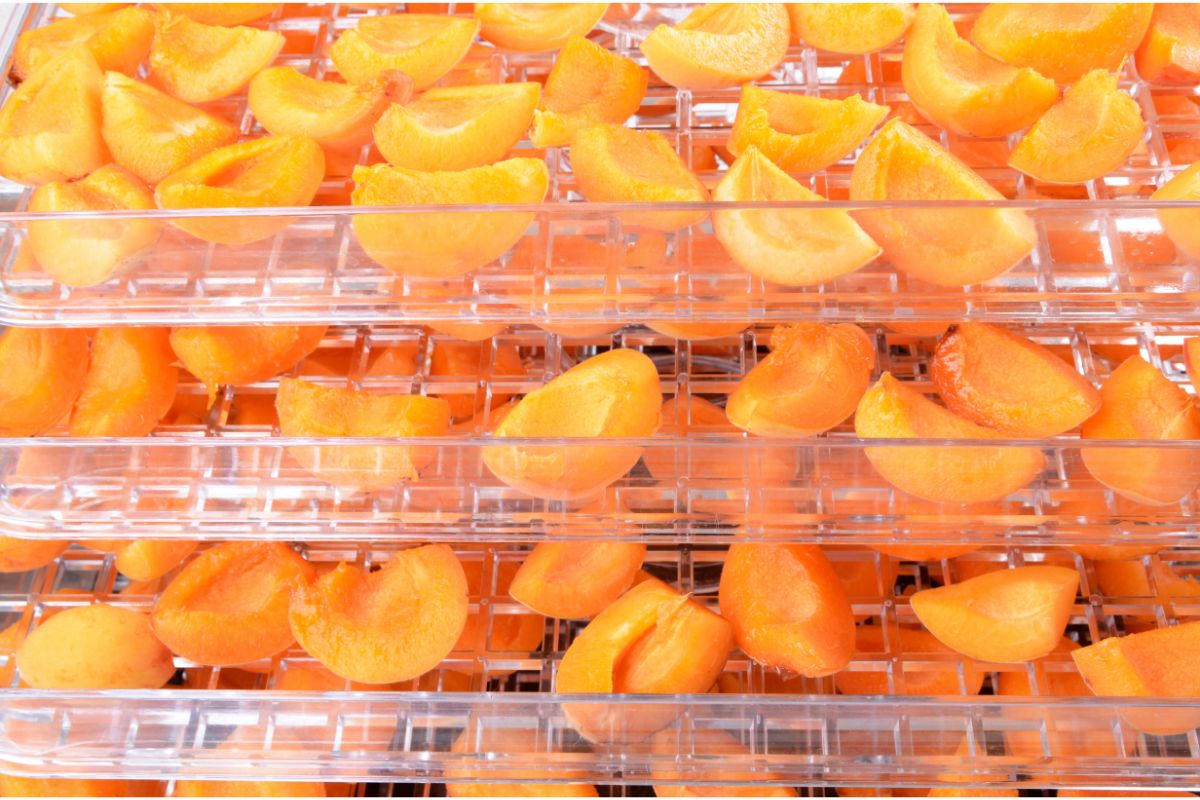
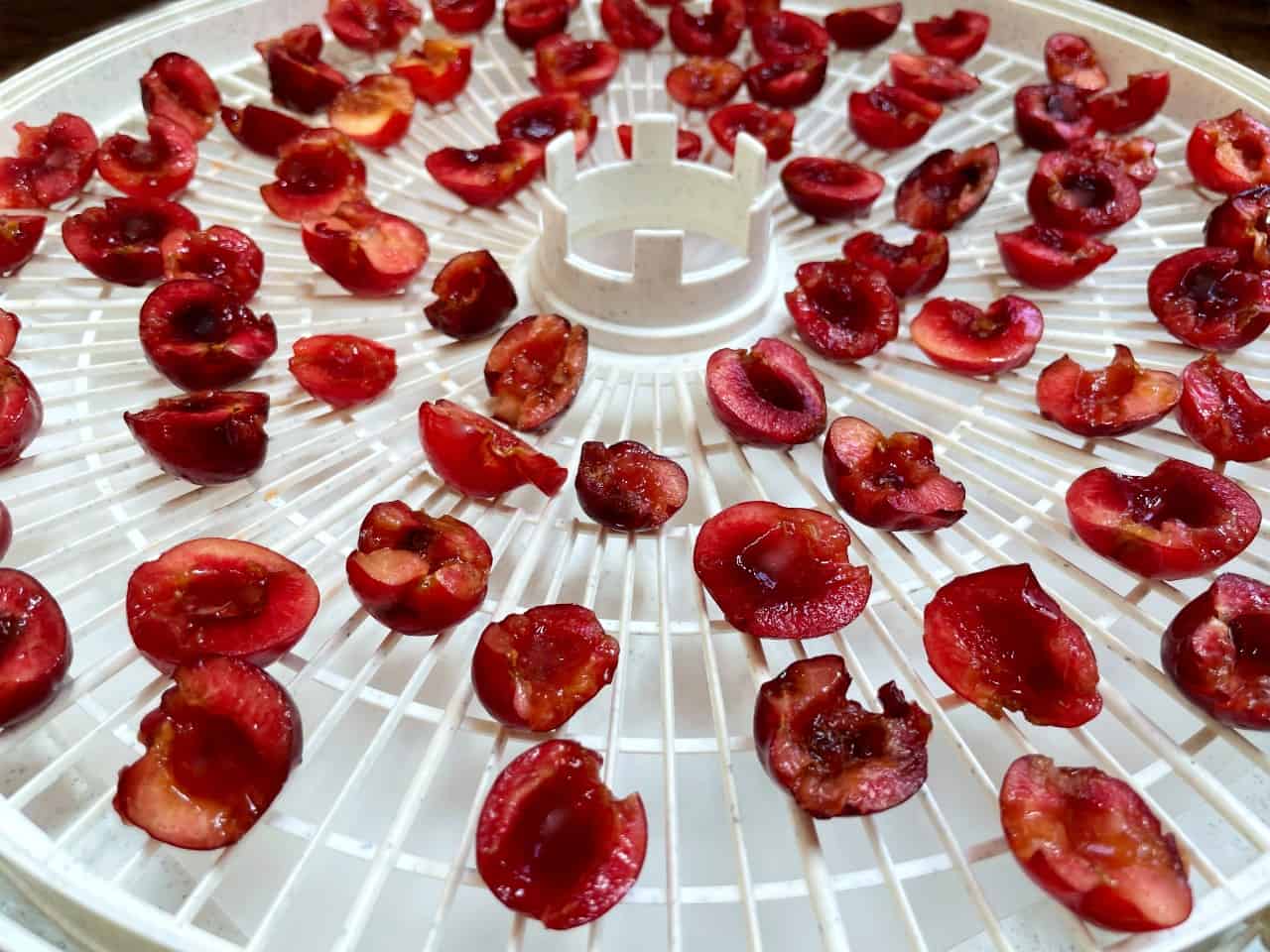
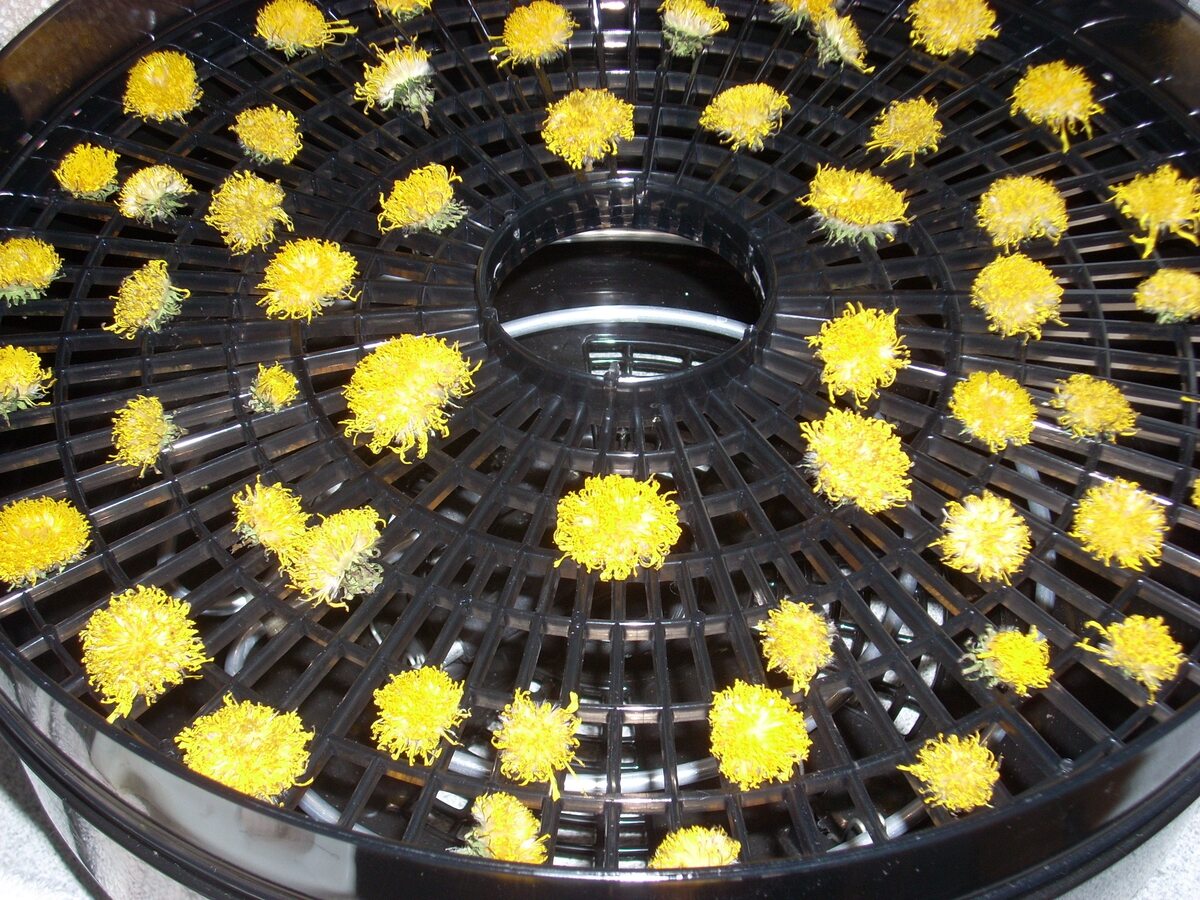
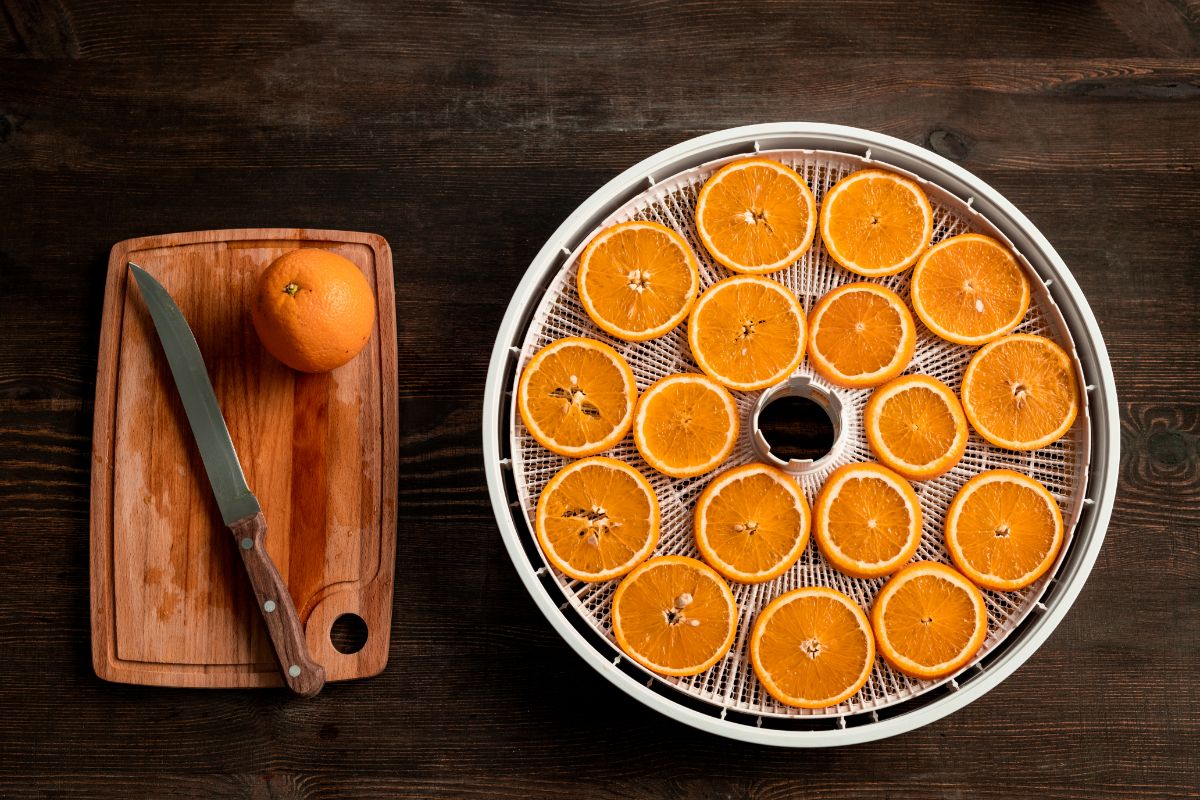
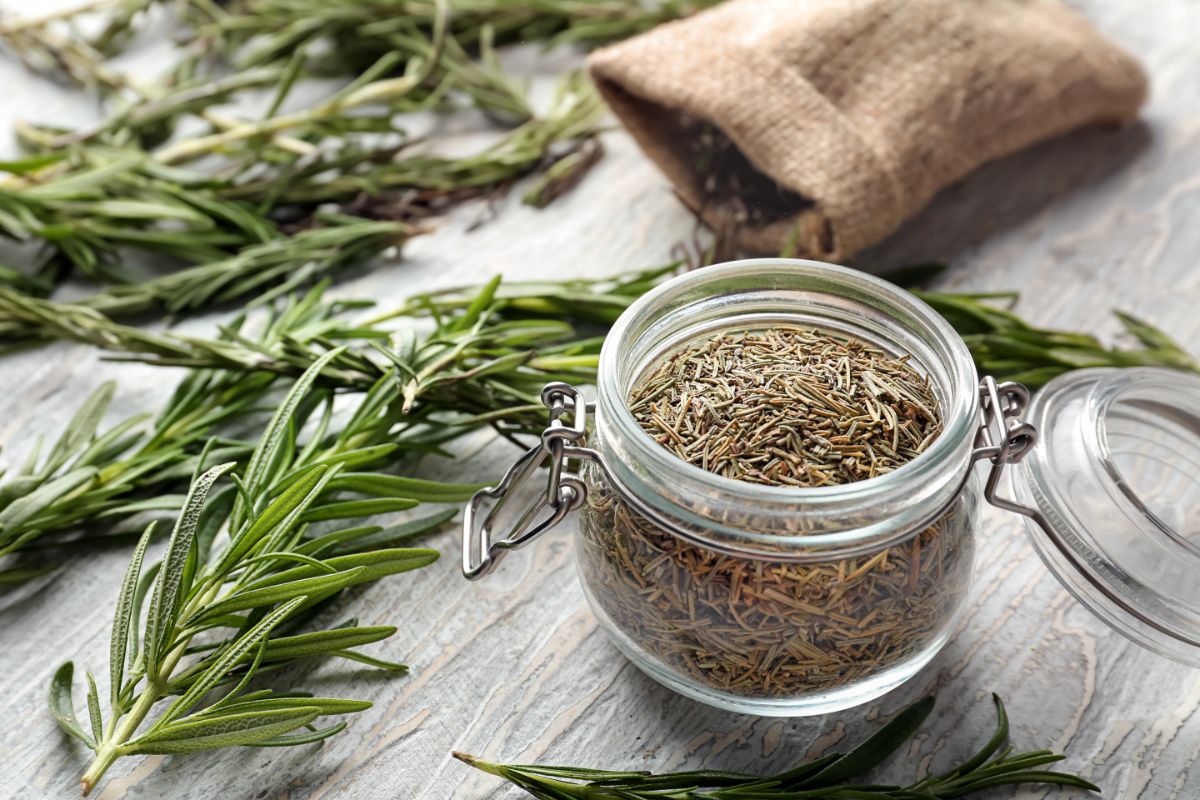
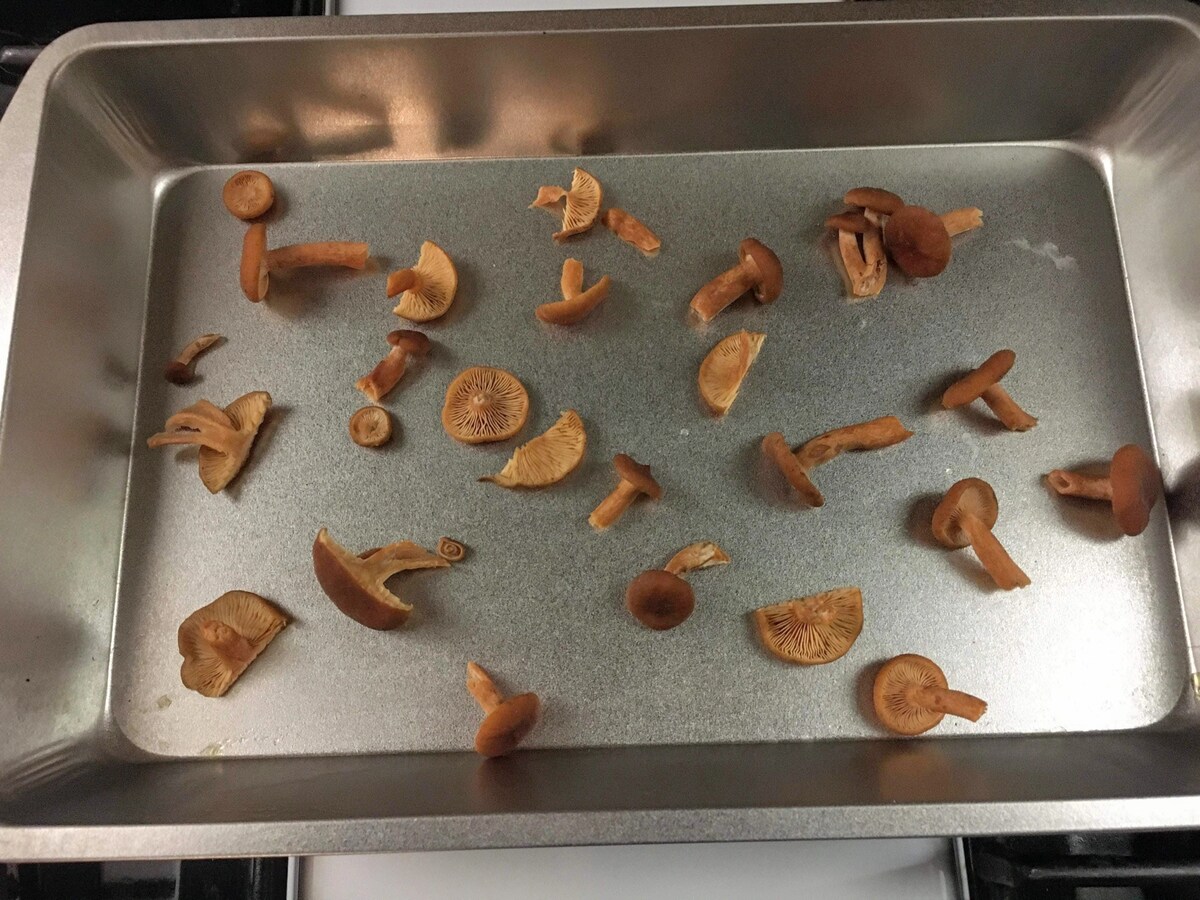
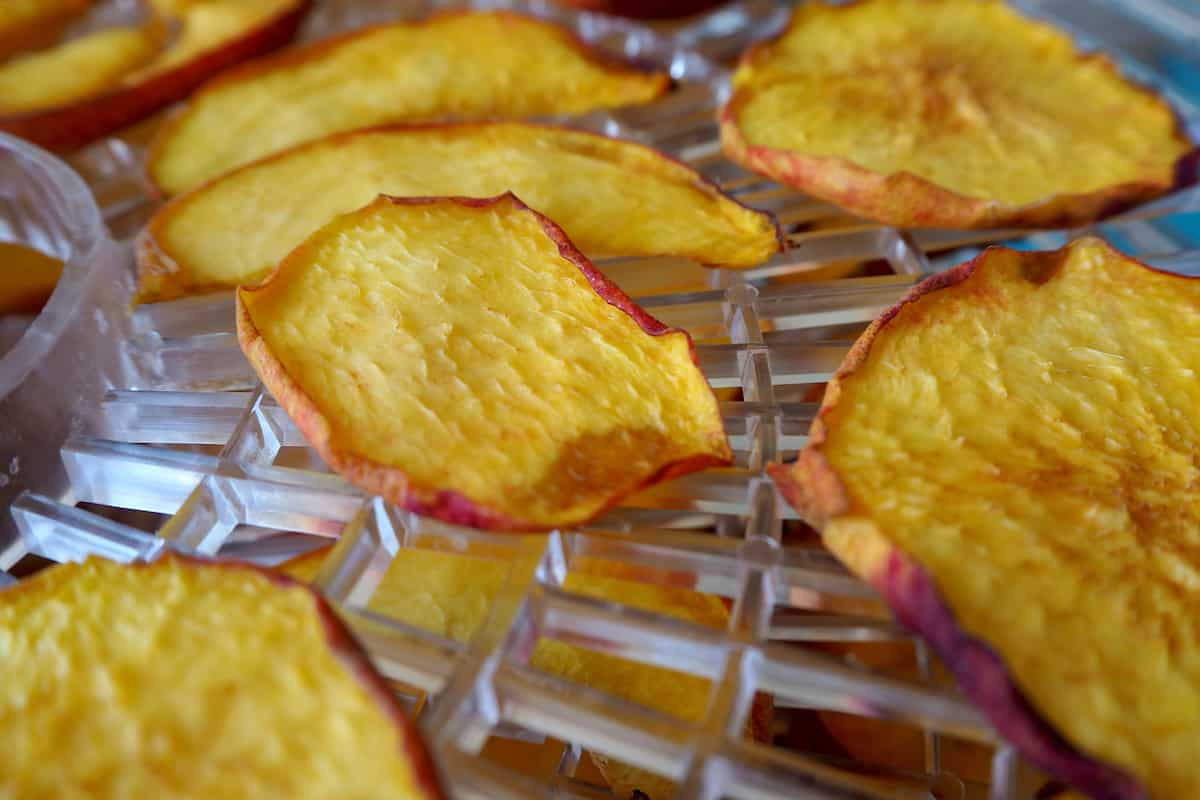
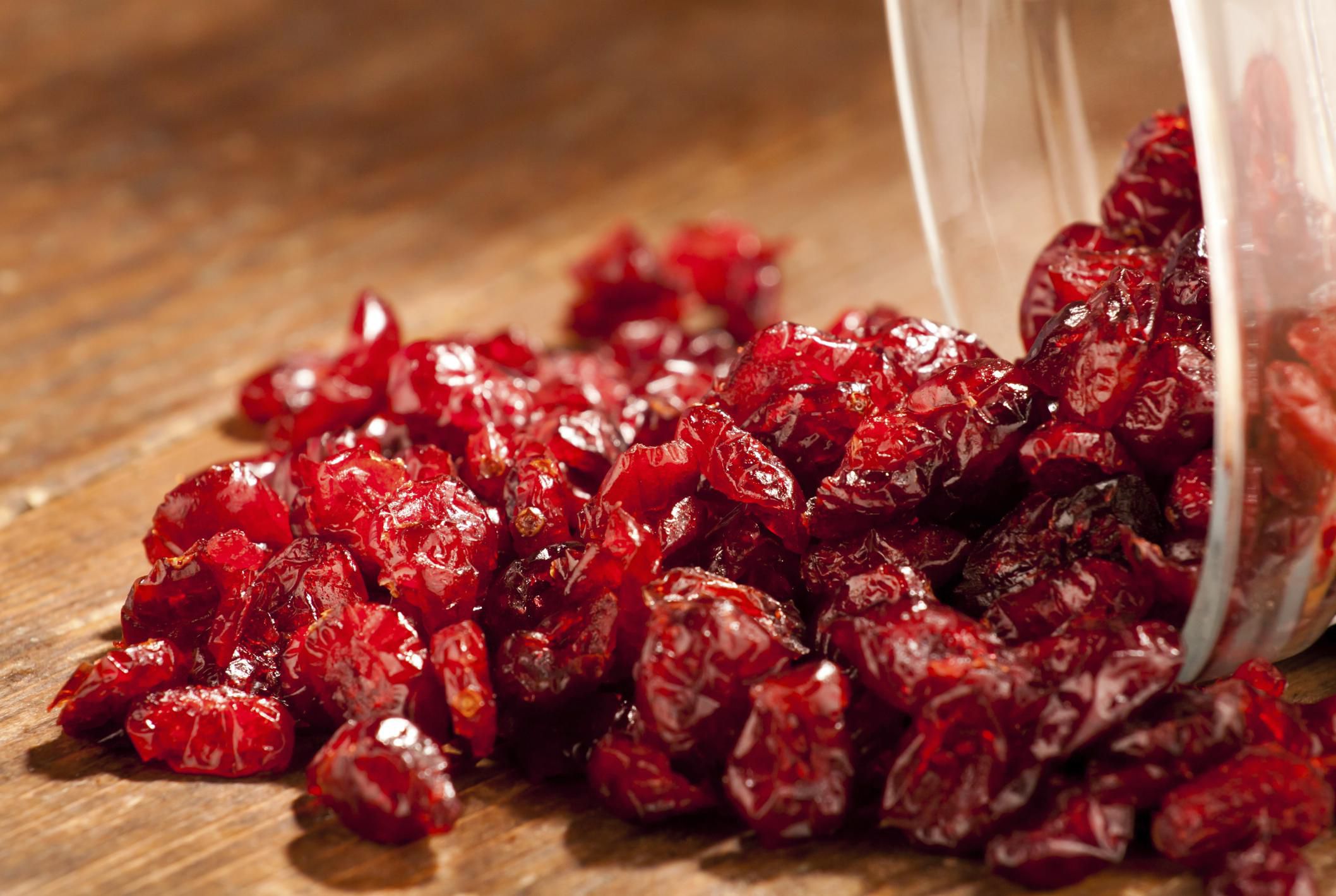
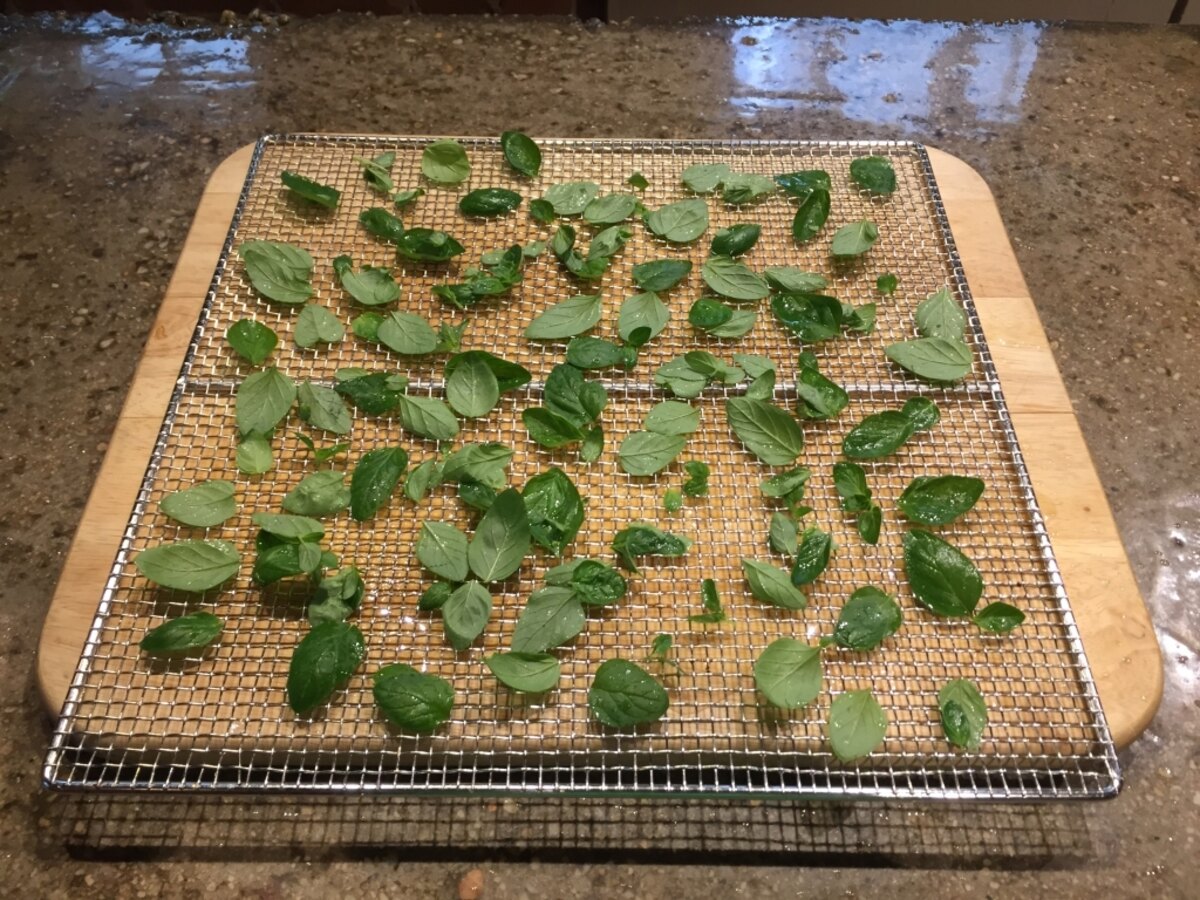
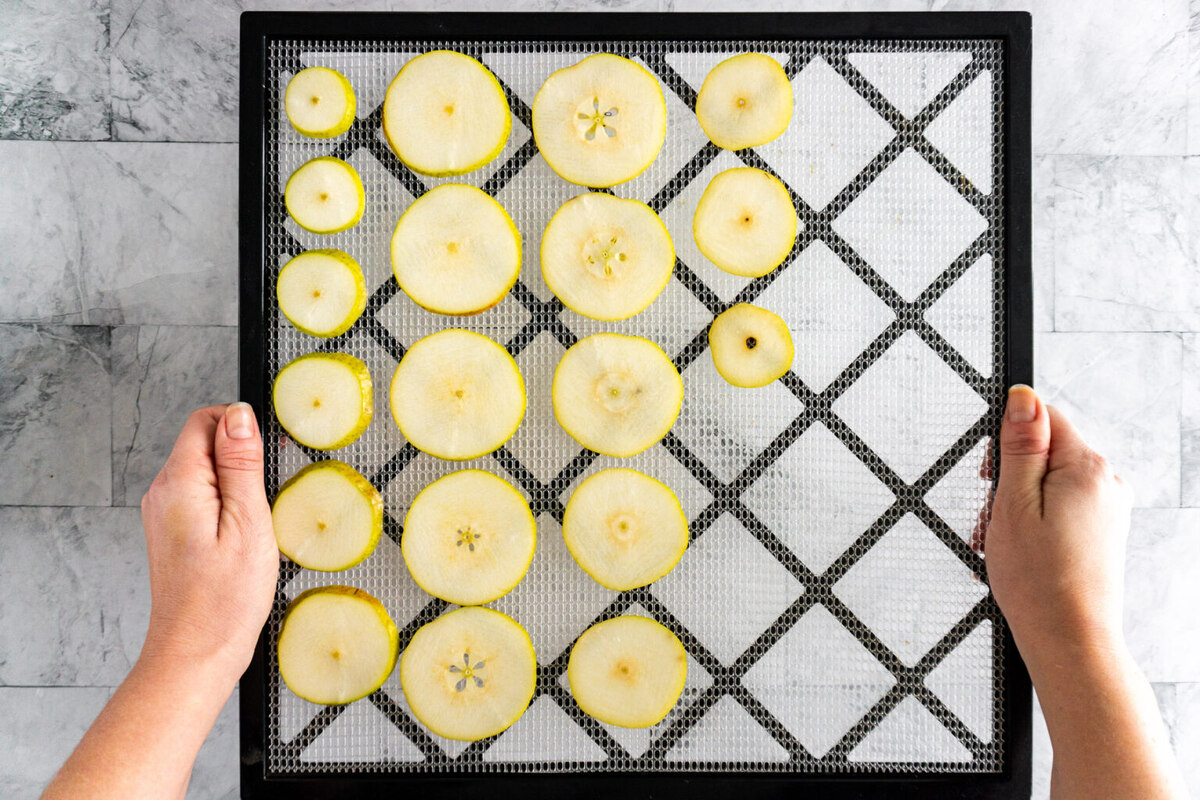
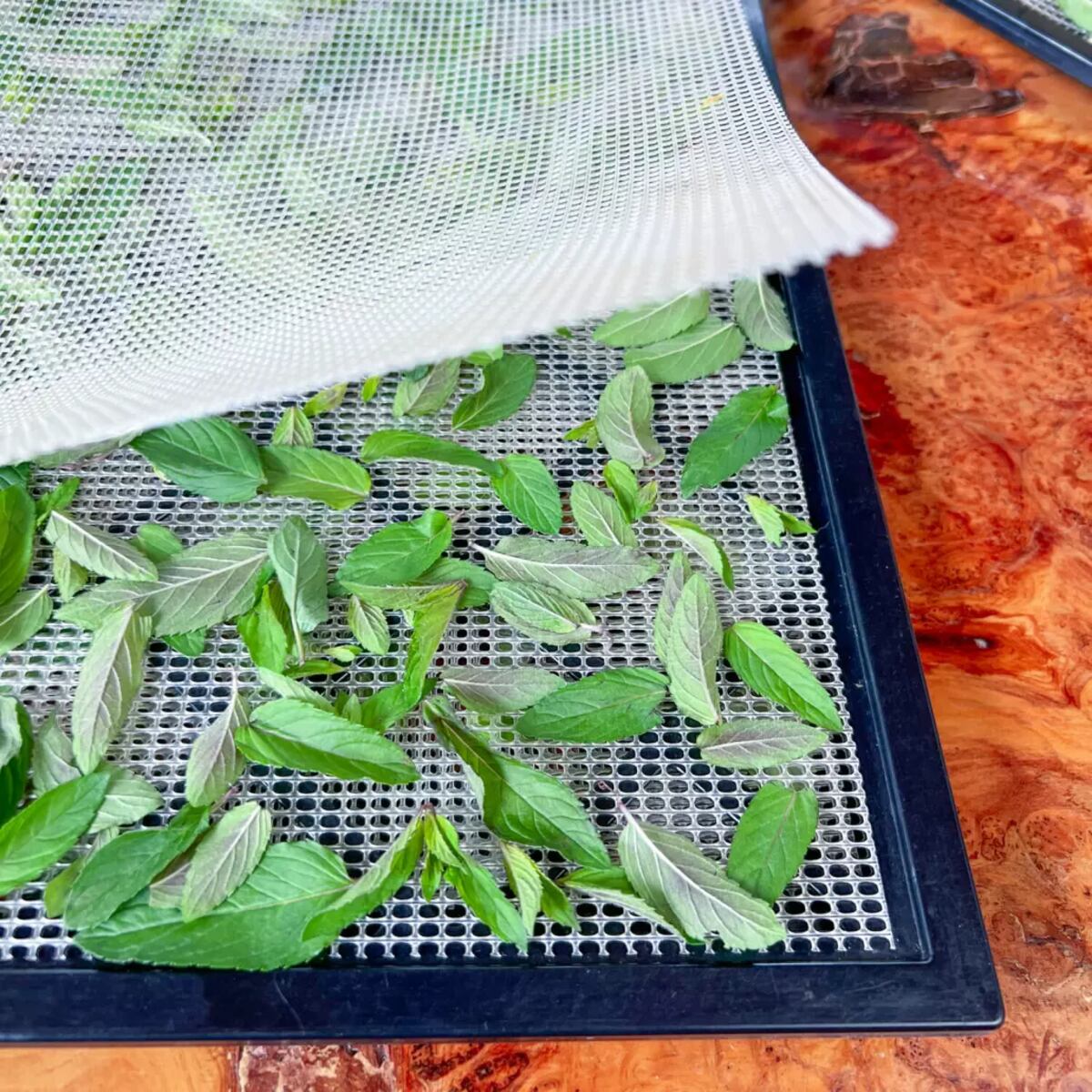
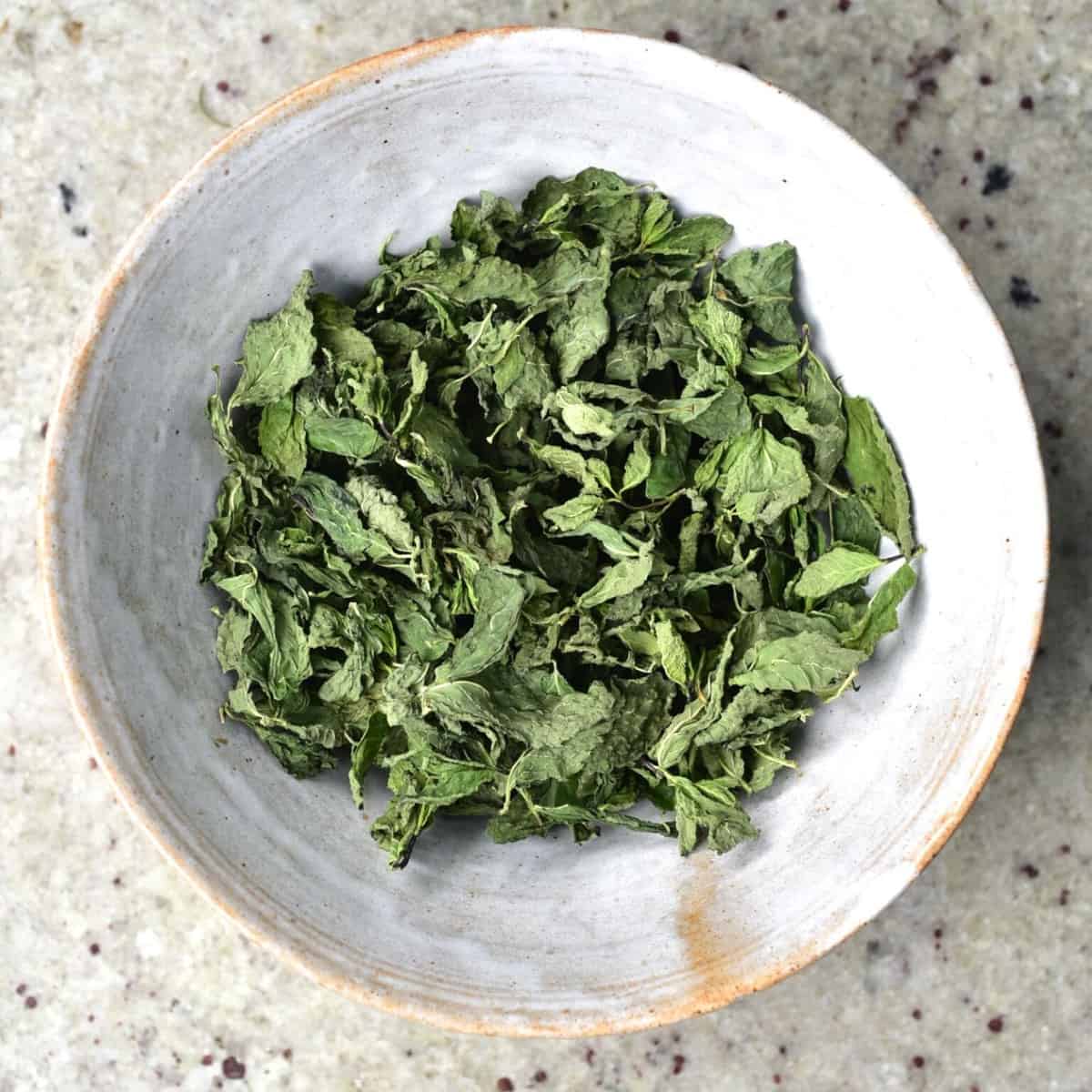
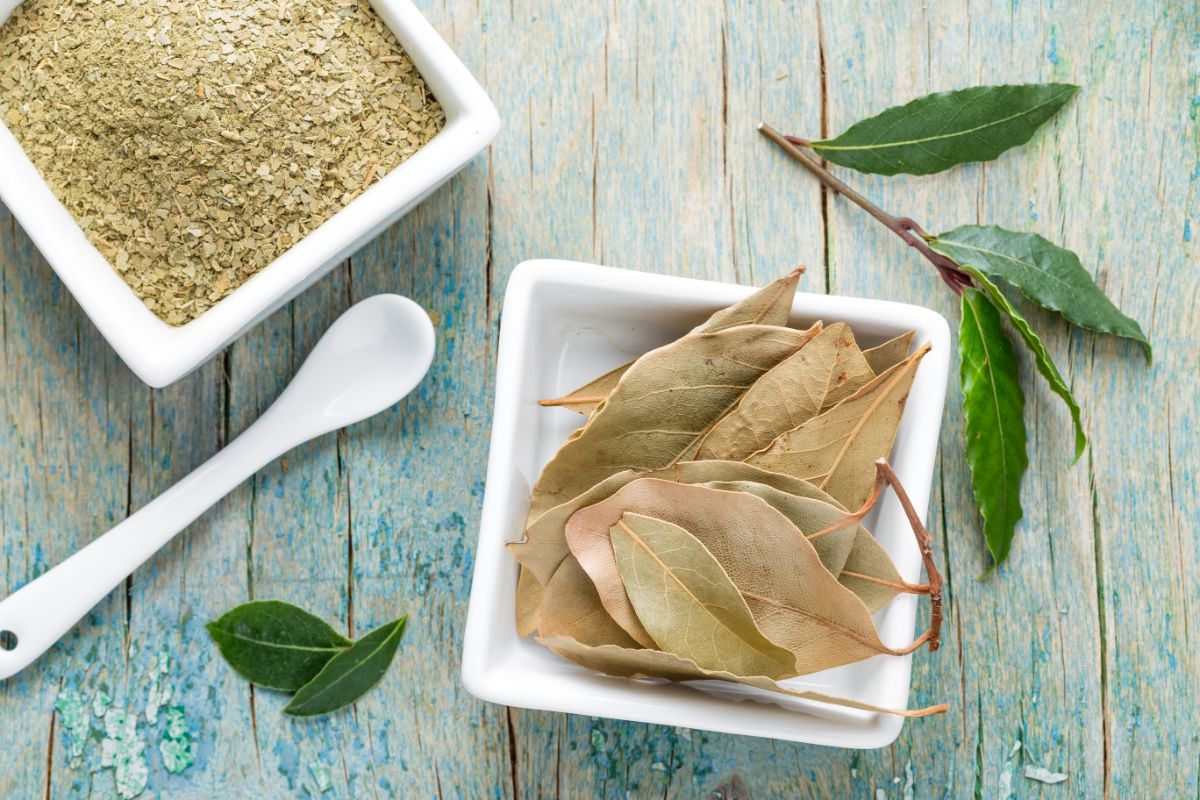
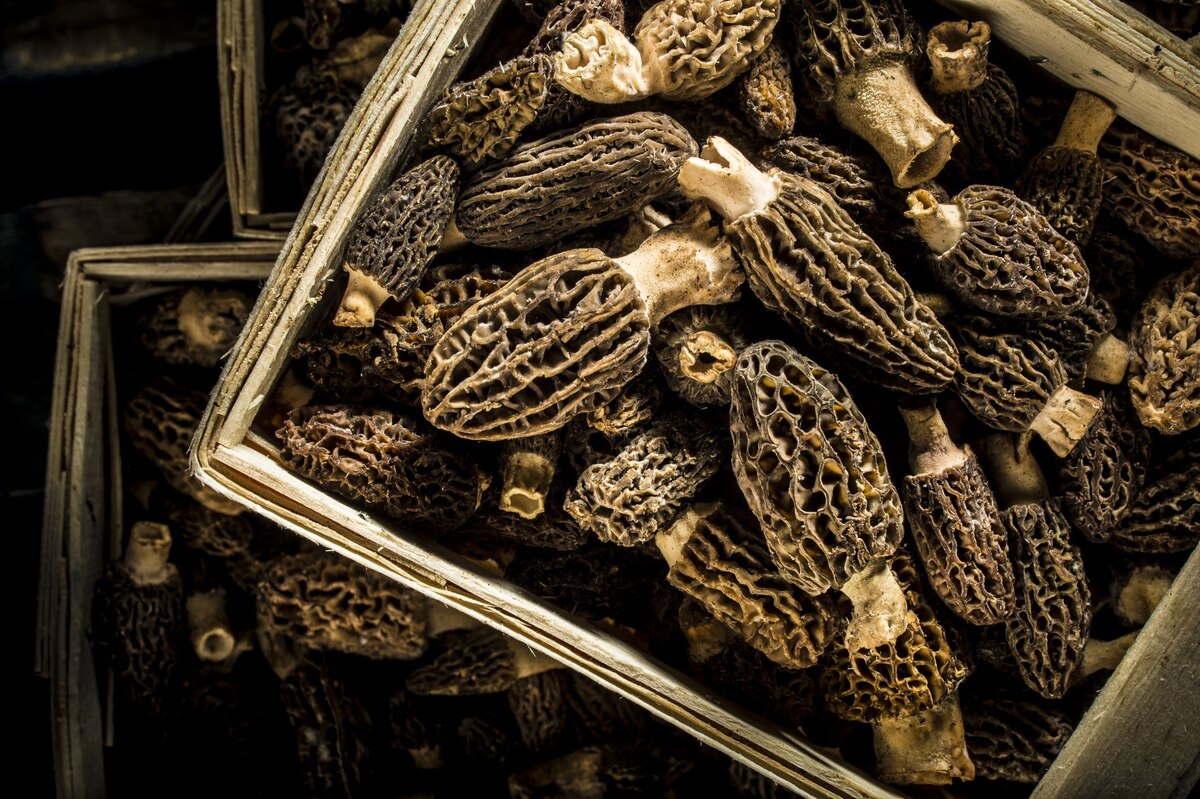

0 thoughts on “How To Dry Whole Persimmons In A Dehydrator”